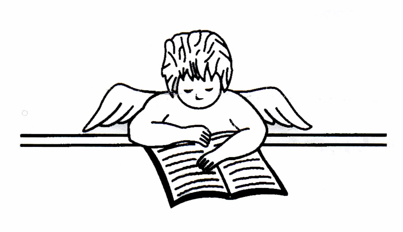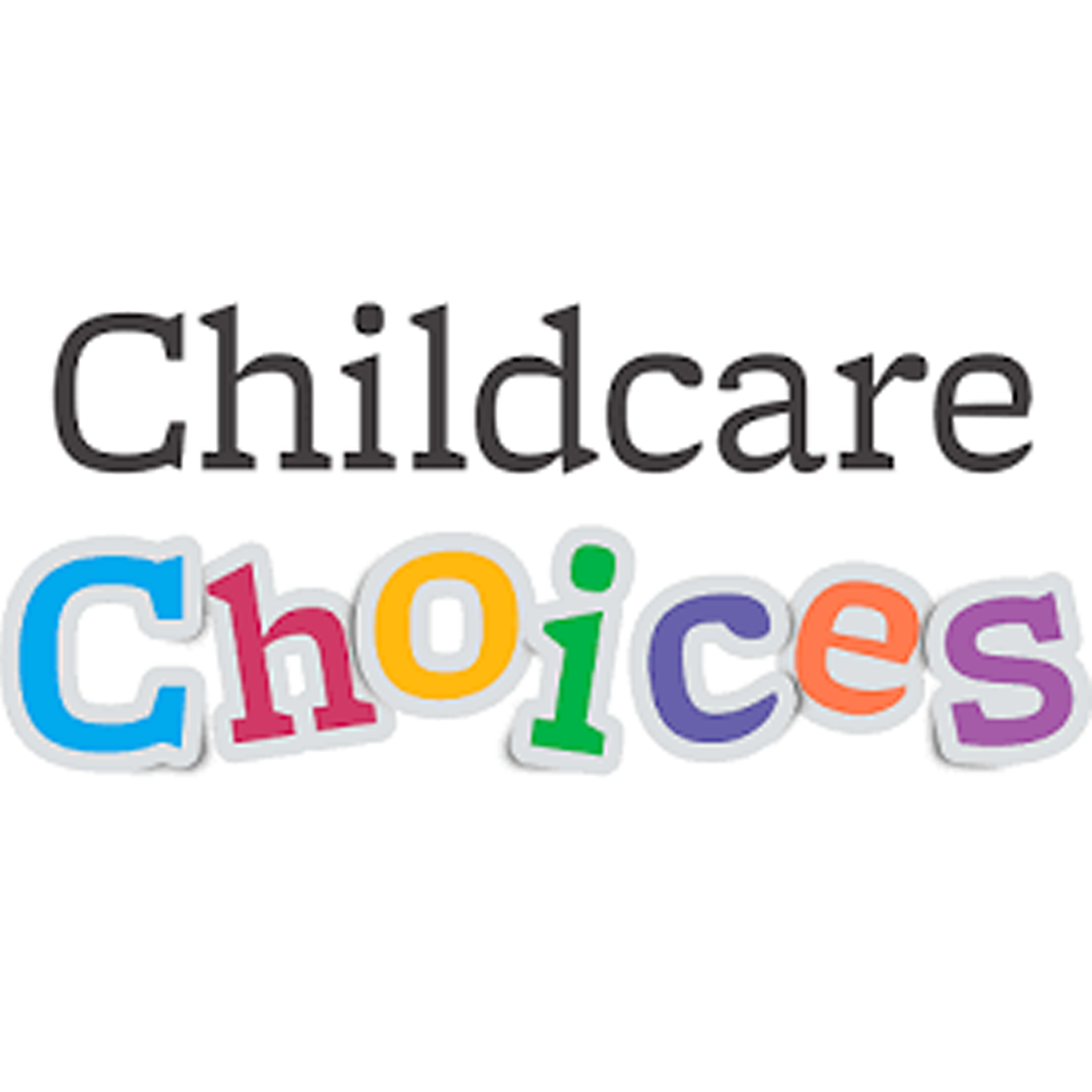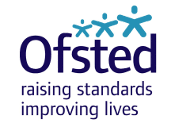
Following the EYFS
Learning & Development
Children start to learn about the world around them from the moment they are born. The care and education offered by our setting helps children to continue to do this by providing all the children with interesting activities that are appropriate for their age and stage of development.
The Statutory Guidance for Children’s Learning and Development brings together Birth to Three Matters and the Curriculum Guidance for the Early Years Foundation Stage (2014) (‘EYFS’) and our provision reflects the 4 Key Themes and 16 Commitments of the EYFS.
A U N I Q U E
C H I L D
Child Development: Skilful communicator, competent learner.
Inclusive Practice: Equality and diversity, children’s entitlements, early support.
Keeping Safe: Being safe and protected, discovering boundaries, making choices.
Health and Well-being: Growth and developing, physical and emotional wellbeing.
P O S I T I V E
R E L A T I O N S H I P S
Respecting Each Other: Understanding feelings, friendship, professional relationships.
Parents as Partners: Respecting diversity, communication, learning together.
Supporting Learning: Positive interactions, listening to children, effective teaching.
Key Person: Secure attachment, shared care, independence.
E N A B L I N G
E N V I R O N M E N T S
Observation, Assessment and Planning: Starting with the child, planning, assessment.
Supporting Every Child: Children’s needs, the learning journey, working together.
The Learning Environment: The emotional environment, the outdoor environment, the indoor environment.
The Wider Context: Transitions and continuity, multi-agency working, the community.
L E A R N I N G &
D E V E L O P M E N T
Play and Exploration: Learning through experience, adult involvement, contexts for learning.
Active Learning: Mental and physical involvement, decision making, personalised learning.
Creativity and Physical Thinking: Making connections, transforming and understanding, sustained shared thinking.
Areas of Learning and Development.
A U N I Q U E C H I L D
Child Development: Skilful communicator, competent learner.
Inclusive Practice: Equality and diversity, children’s entitlements, early support.
Keeping Safe: Being safe and protected, discovering boundaries, making choices.
Health and Well-being: Growth and developing, physical and emotional wellbeing.
P O S I T I V E
R E L A T I O N S H I P S
Respecting Each Other: Understanding feelings, friendship, professional relationships.
Parents as Partners: Respecting diversity, communication, learning together.
Supporting Learning: Positive interactions, listening to children, effective teaching.
Key Person: Secure attachment, shared care, independence.
E N A B L I N G
E N V I R O N M E N T S
Observation, Assessment and Planning: Starting with the child, planning, assessment.
Supporting Every Child: Children’s needs, the learning journey, working together.
The Learning Environment: The emotional environment, the outdoor environment, the indoor environment.
The Wider Context: Transitions and continuity, multi-agency working, the community.
L E A R N I N G &
D E V E L O P M E N T
Play and Exploration: Learning through experience, adult involvement, contexts for learning.
Active Learning: Mental and physical involvement, decision making, personalised learning.
Creativity and Physical Thinking: Making connections, transforming and understanding, sustained shared thinking.
Areas of Learning and Development.
The Core Aspects Of
Early Child Development
For each area, the practice guidance sets out the Early Learning Goals. These goals state what it is expected that children will know and be able to do by the end of the reception year of their education.
The practice guidance also sets out in ‘Development Matters’ the likely stages of progress a child makes along their learning journey towards the early learning goals. Our setting has regard to these matters when we observe children and plan for their learning.
Children access this curriculum through 3 Prime and 4 Specific Areas as follows…
Prime Areas
These areas begin to develop quickly in response to relationships and experiences, and run through and support learning in all other areas. The prime areas continue to be fundamental throughout the EYFS.
- Communication and language
- Physical development
- Personal, social and emotional development
Specific Areas
These areas include essential skills and knowledge. They grow out of the prime areas and provide important contexts for learning.
- Literacy
- Mathematics
- Understanding the world
- Expressive arts and design

"Cherubs is such a special place for our children to start their education. My daughter attended for two years and I can’t thank Kelly and the team enough for all they did for us and her. They are forever making it a fun and caring place to leave our children. I loved everyone there so much but more importantly my daughter loved it and is still so upset that she won’t be going back and has to go to school. I couldn’t recommend Cherubs enough"
Julia McGregor-Bolt
Parent Gidea Park
Button





